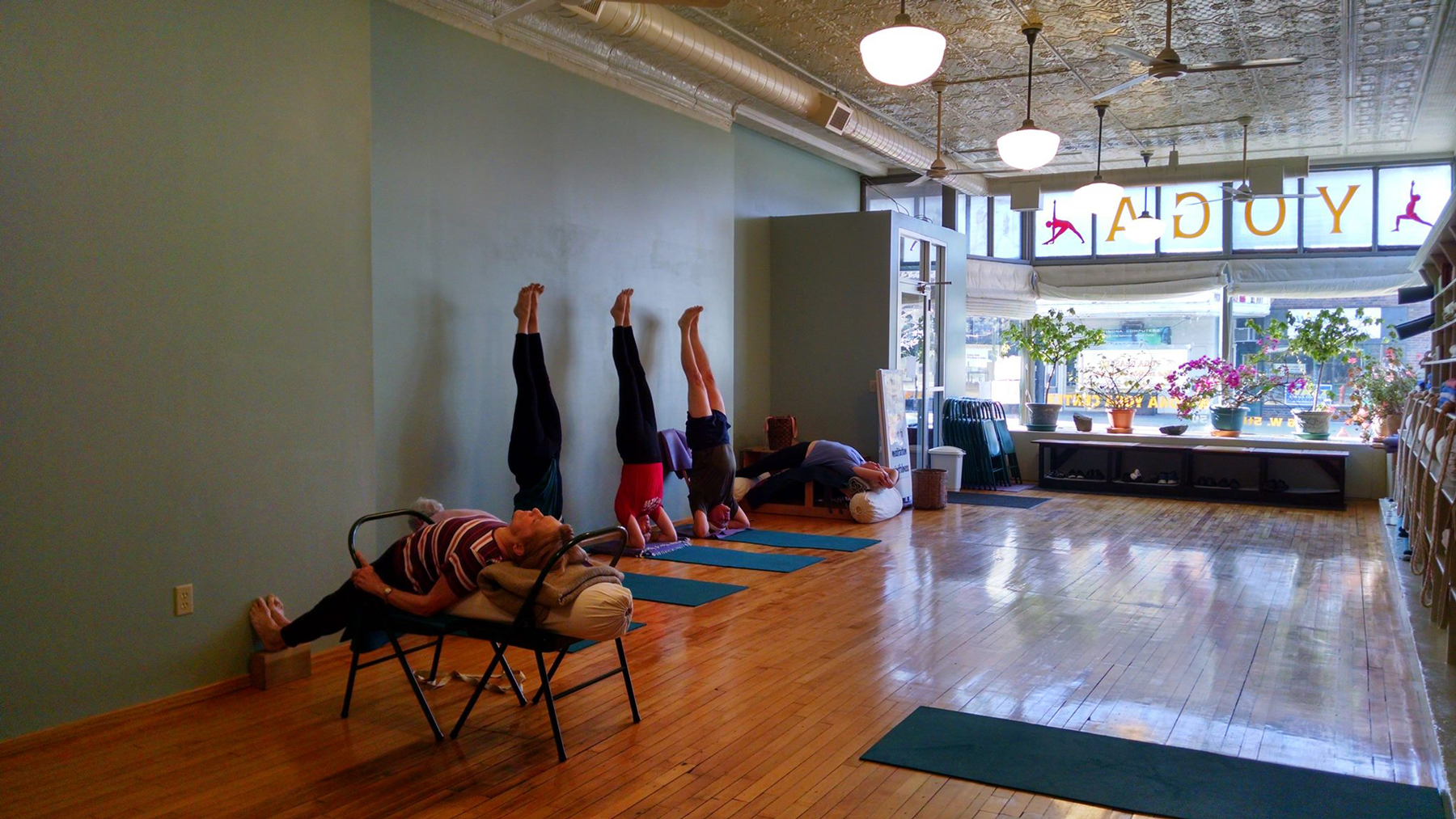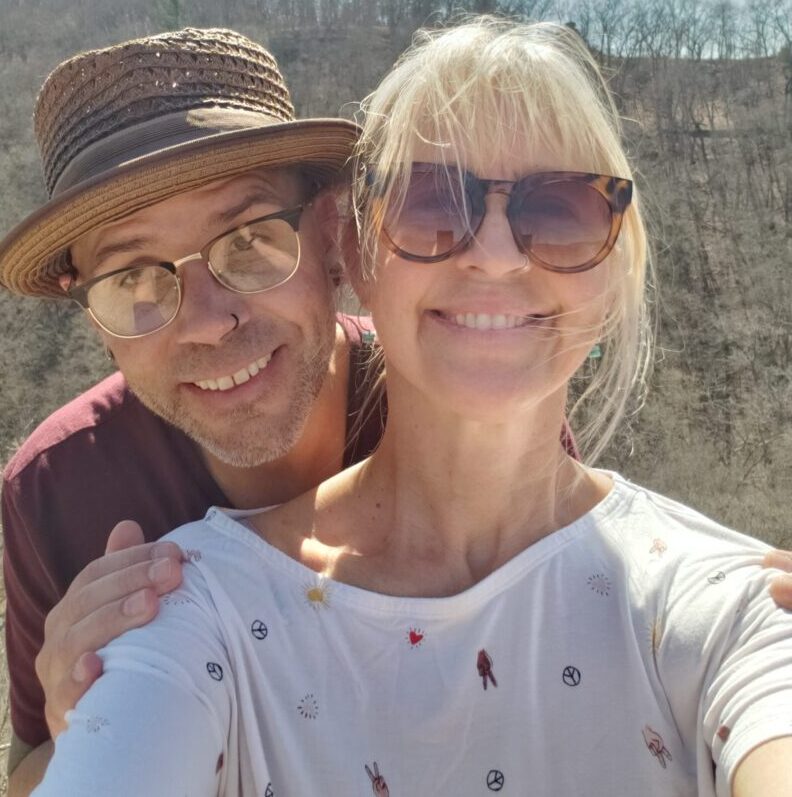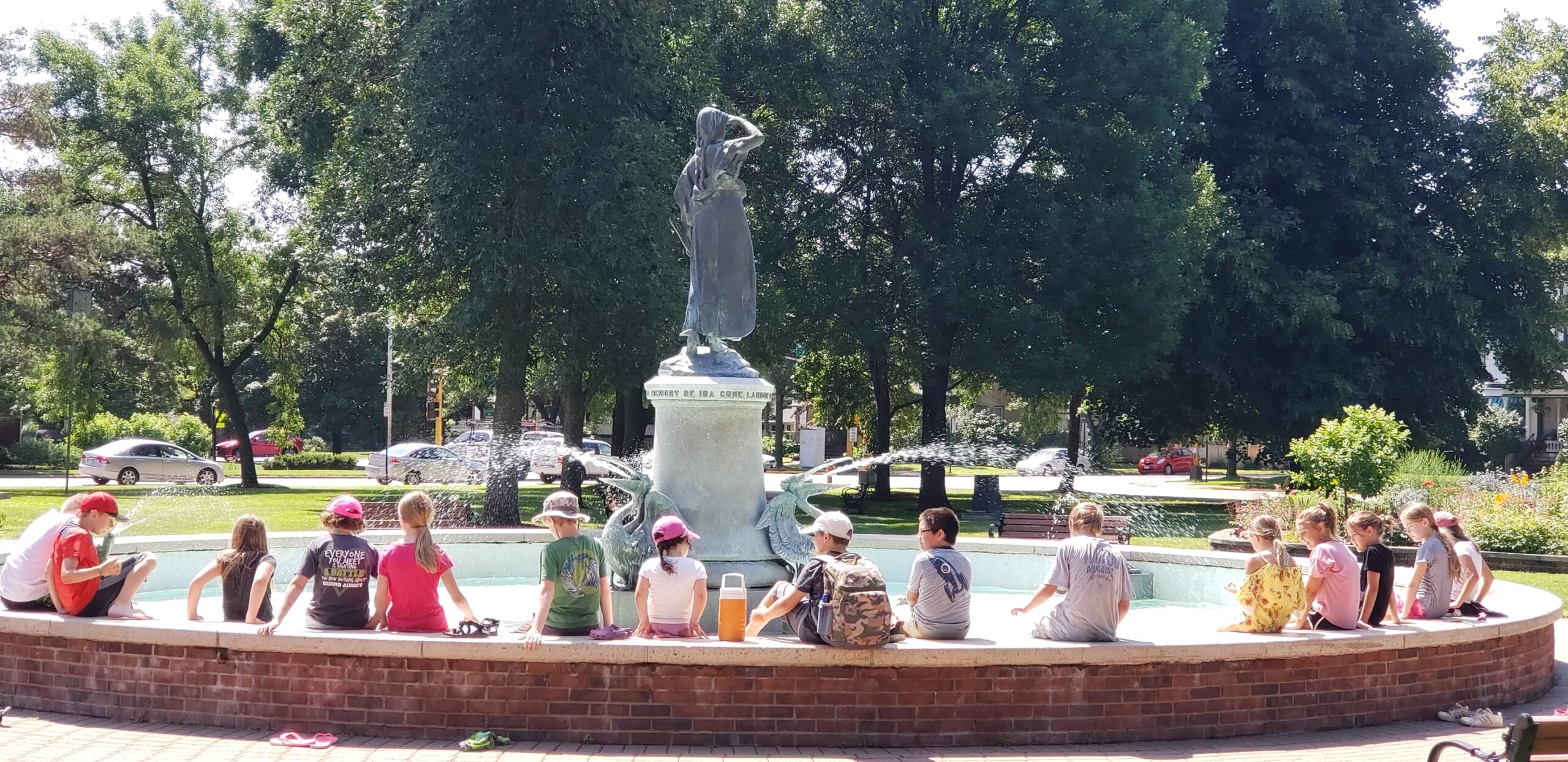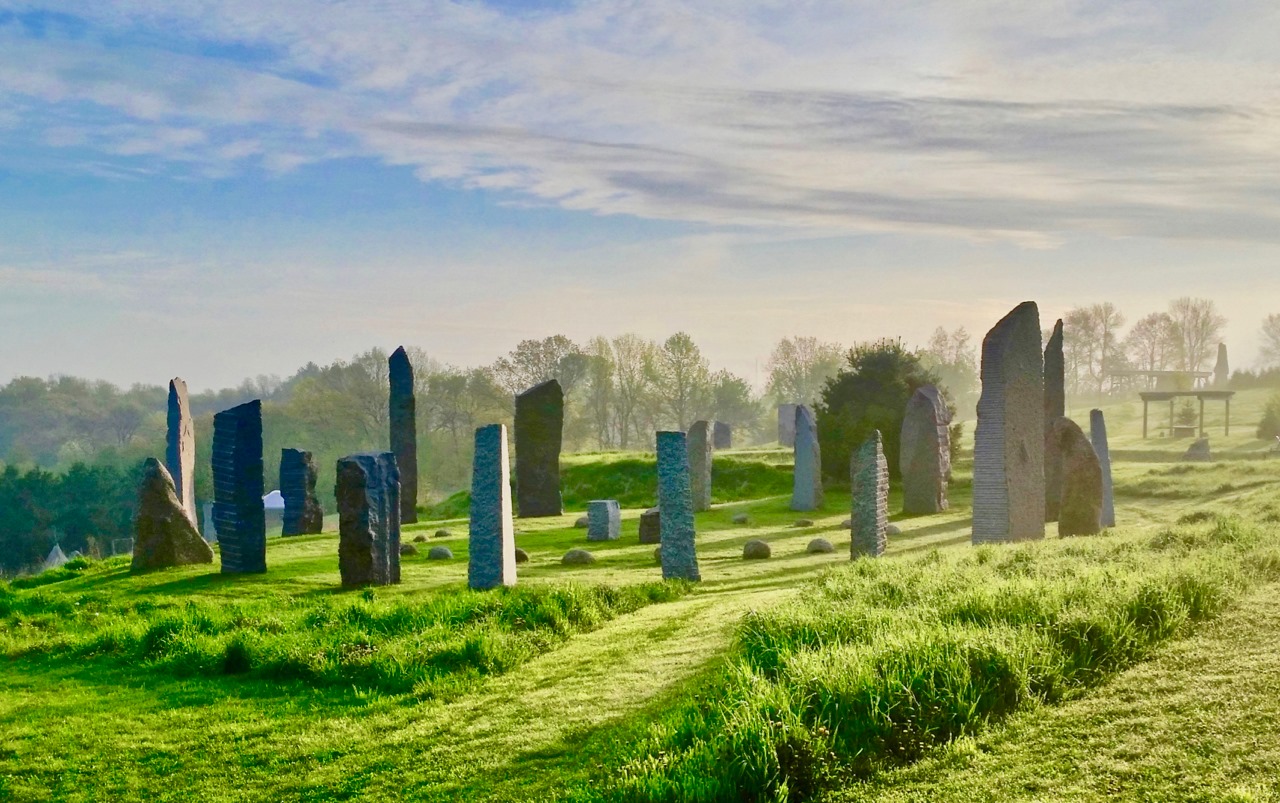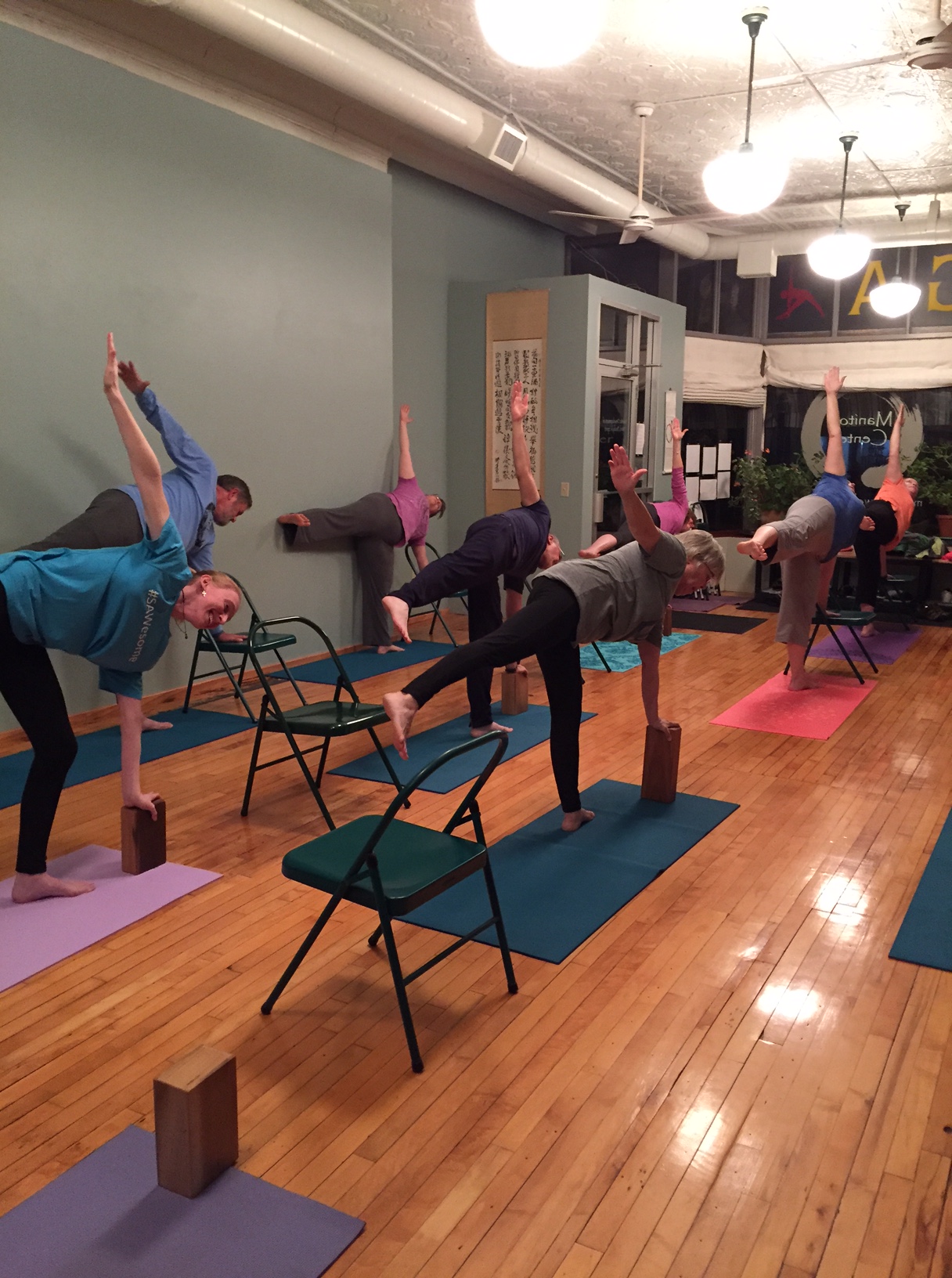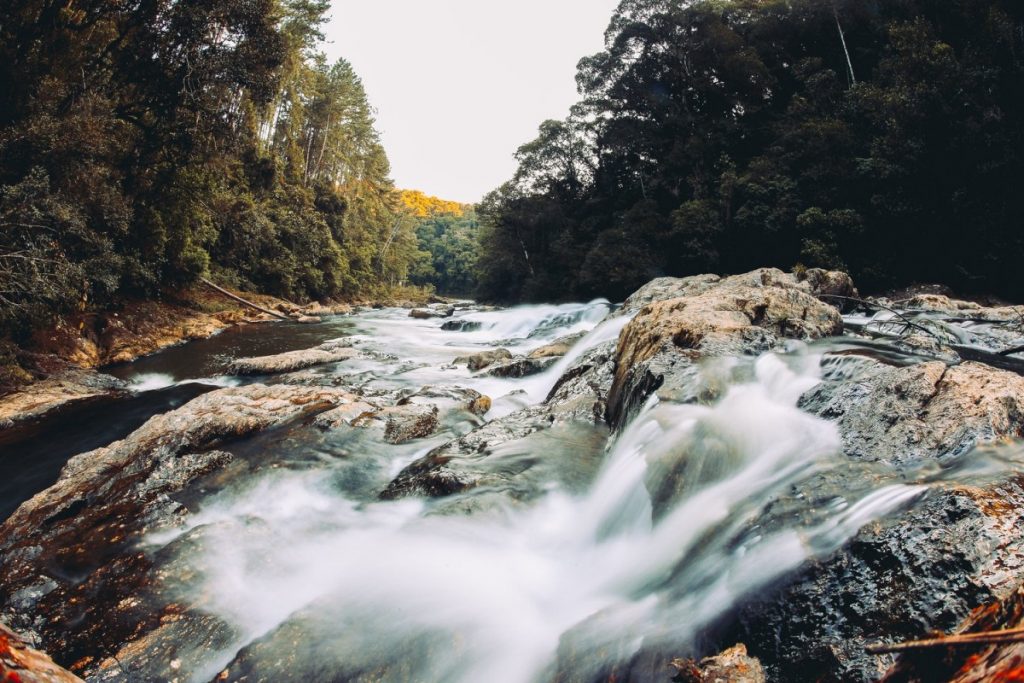Teachers & Lineage
Dharma River/Hosen-ji
Dharma River began some years ago as the result of a recurring dream we, Paul Kisho Stern and Trish Baishin Johnson, continued to have over the course of many years. Sometimes our ideas and inspirations showed up in the middle of a conversation, other times in the middle of the night, and other times in a quiet moment. Although our ideas weren’t crystal clear, the soil from which these ideas were germinating remained the same; to provide a space that supported individuals and groups of people coming together to realize and manifest a more compassionate, intentional, engaged, and inclusive community. We knew from our own experiences (and from research!) that sustaining these kinds of efforts and commitments first requires being committed to learning about and caring for one’s own self. At the core, our idea were (and still are!) to create a space that provided diverse, holistic practices that supported the development of a healthy mind, body, and spirit, in a setting and manner accessible to as many people as possible. Our ongoing commitment and goal remains to offer programming that fosters individual and group cultivation of contemplative, movement, and healing practices that help folks live better within the spaces of their own lives so that they can both inspire and support a more compassionate, healthy, and safe world.
This temple is the River of Healing Waters.
Torrential choruses preach endless Dharma.
You can’t plunge in.
You can’t climb out.
Listen! Watch! Drink! Drown! Flow!
~ Offered by Roshi Genki Kahn at Naming Ceremony

Introduction to Our Lineage
At Dharma River Zen Community, we walk a path of maintaining and manifesting the forms and standards of the Zen Garland order as envisioned by our teachers, Roshi Paul Genki Kahn and Roshi Monika Genmitsu Kahn. To understand their journey, it is necessary to see their relationship with Hakuyū Taizan Maezumi (前角 博雄, February 24, 1931—May 15, 1995), who was a Japanese Zen roshi and lineage holder in the Soto, Rinzai and Harada-Yasutani lineages—an unusual background for any Zen teacher. He combined the Rinzai use of koans and the Soto emphasis on shikantaza in his teachings, influenced by his years studying under Haku’un Yasutani in the Harada-Yasutani school. Through his decades of teaching he founded or co-founded several institutions and practice centers, among them being the Zen Center of Los Angeles, White Plum Asanga, Yokoji Zen Mountain Center and the Zen Mountain Monastery.
Taizan Maezumi left behind twelve Dharma Successors, appointed sixty-eight priests and gave Buddhist precepts to more than five hundred practitioners. Along with Zen teachers like Shunryu Suzuki-roshi, Seung Sahn Soen Sa Nim, and Venerable Hsuan Hua, Maezumi greatly impacted the landscape of Western Zen practice. Several Dharma Successors of his — for instance Tetsugen Bernard Glassman, Dennis Genpo Merzel, John Daido Loori, Jan Chozen Bays, Charlotte Joko Beck, and William Nyogen Yeo — have each gone on to found Zen communities of their own. Maezumi Roshi died in Japan in 1995.

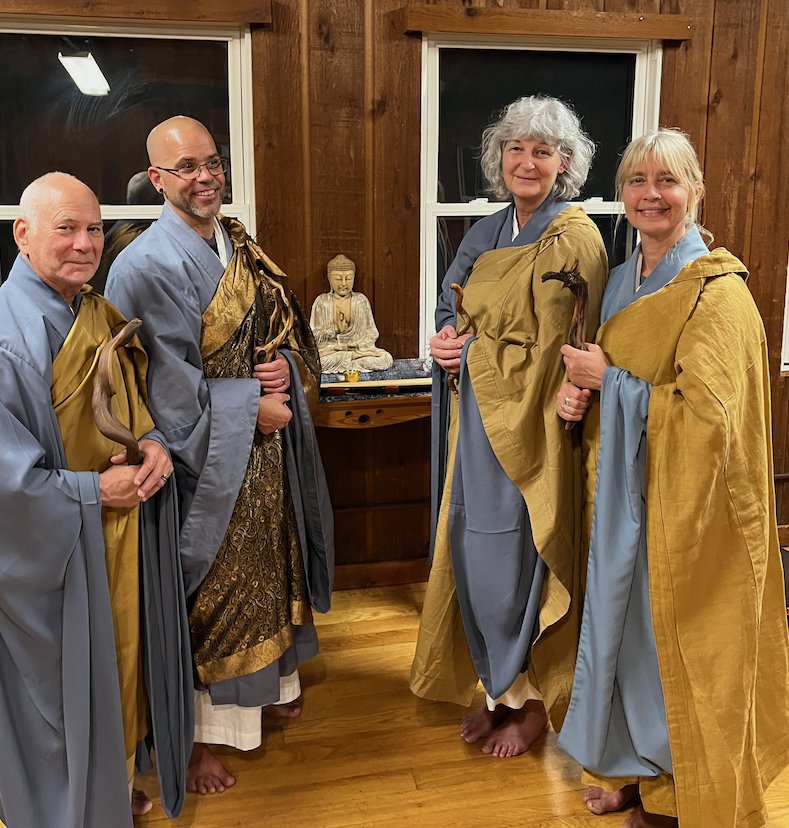
Our story, a tributary joined that main channel of practice through our connection with Zen Garland Lineage and to Roshis Paul Genki and Monika Genmitsu Kahn. Roshi Paul Genki Kahn founded Zen Garland on the Zen Buddhist tradition and the authority of his empowerment by Zen Master Bernie Tetsugen Glassman in Taizan Maezumi Roshi’s Soto Zen lineage. In the formative years of his practice in the 1970s, Roshi Genki lived in residential training at the Zen Center of Los Angeles with Taizan Maezumi Roshi, who ordained him and where he was personal attendant to the Roshi and Director of Training. Although Maezumi Roshi was a Soto Zen priest, he taught an integrated approach to Zen beyond sectarianism, combining koan study and an emphasis on enlightenment experience with the teachings of Dogen. He did not want Zen bound by tradition. He encouraged creativity, and wanted his students to master the essence of Zen, then find appropriate expressions for our time, cultures, and personalities.
Life on the Dharma River
We are inseparable, integrated parts of the communities where we live. Here in the driftless region, we are blessed with amazing natural beauty that surrounds us. Zen has traditionally held nature in very high esteem recognizing that in nature we see ourselves…and through entering it we encounter a vast and expansive expression of self…
One very distinct natural element of our area is ol’ Big Muddy. The river is an integral part of the history of this area and continues today to be a central element supporting, sustaining, and enriching our lives. The waters of the Mississippi are the life-sustaining blood of the land, nourishing every aspect of our lives.

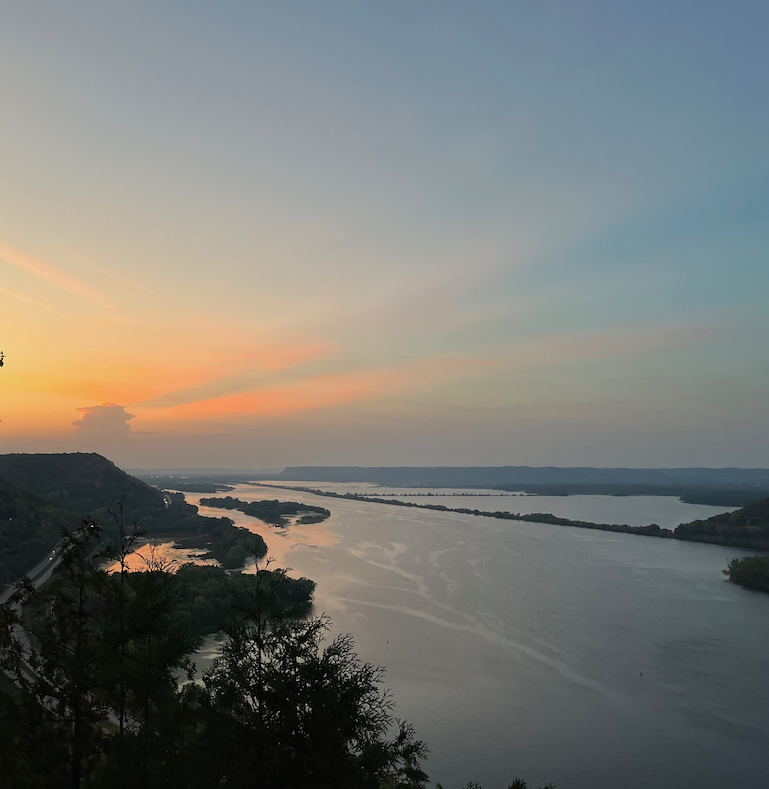
As a parallel, our practice in many ways behaves like a river. Like the Mississippi, it flows and changes, meanders through the fabric of our lives touching, filing, and adapting to the spaces that shape each moment. Each and every moment of our practice is new and alive and ever flowing…much like the analogy of dipping our toes in the river, where your toe never encounters the same water twice…the same could be said of the moments that form our lives. That living, dynamic element and flow is key in sustaining our practice and in deepening our understanding of our shared human condition.
Recognizing and honoring this, we chose to use the name, Hosenji-Dharma River Temple, for our community of practice.
Our Local Team
Roshi Paul Kisho Stern
Master Zen Teacher & Spiritual Director
Sensei Trish Baishin Johnson
Zen Teacher & Co-founder of Dharma River and Manitou Center
Reverend Wesley Dojun Miller
Senior Practitioner & Novice Priest
Reverend Anna Myosen Nacher
Senior Practitioner & Novice Priest
Maureen Myosan Jameson
Dharma Holder
Jacob Seiha Stock
Priest Postulant
Matthew Yochi Fluharty
Priest Postulant
Gloria Alatorre
Alanna Jane Pelowski
Elle Newman
Dharma River Teachers

Roshi Paul Kisho Stern
“Everything we do matters. Even the smallest of activities play a significant and cumulative role in shaping our individual lives and further all of these activities weave into the tapestry of this fantastic and wondrous world we move in and through. This manifests in a dance that weaves the fabric of living and being woven as part of that same tapestry.”
~ Paul Kisho Stern – Founder, Teacher
Kisho sees his work at Dharma River and in life in general as being focused on developing dynamic, holistic learning contexts that allow for a deeper engagement with and understanding of our human condition. Through developing compassionate and wise insights into our own humanity, we are enabled to more fully engage in life practices that allow deeper connection and compassion with ourselves, our communities, and our world.
Paul's Story
Kisho’s professional life and academic life has focused on developing educational environments for students from a variety of backgrounds, age groups, and content areas. Over the past two and a half decades, he has worked as a classroom instructor, a behavioral specialist and youth counselor, a curriculum designer, a martial arts instructor and an organizational design innovator.
This work is central to the Zen education and practice, mindfulness programming, resilience and compassion programming, and martial arts/movement arts practices offered through Dharma River. All of these areas of study are pathways that foster holistic personal development and help connect and integrate people more fully with their communities and their world. This was a life path emerged to him when he was 6 years old in his first grade class at Northern Elementary School outside of Bemidji, MN. The activity was a simple one-students were asked to select their ideal career. While in line, Kisho selected becoming a hockey player, but while waiting in line he realized this was not really the case. Actually, he wanted to do what Kwai Chang Caine did in the then famous Kung Fu series. The dream was to be a wandering kung fu monk that focused their journey on helping people. Ms. Phelps was quite impressed with this choice at that time with this rather unorthodox life path and years later was impressed that he was actually able to pull it off. Of course, there wasn’t a single program that put it all together in one place, but over the years Kisho’s study of martial arts, of qi gong, and of meditation, mindfulness, Buddhist (Shingon and Nyingma) and Zen practice in particular coalesced into a lived model of that early iteration of Kwai Chang’s characterization.
Kisho began working with movement and combat arts as a wrestler when he was five years of age. This gave him a solid skill set to being his journey with martial arts in 1989. He has studied martial arts consistently from that time forward with an emphasis on Choy li Fut, Baji Quan, and Hung Gar Kung fu as well as Chen Style Taiji Quan. He has studied extensively in the United States,Taiwan, Canada, and Europe. He has taught martial arts since 2000. He continues to cultivate and grow his personal practice of martial arts under the instruction of Masters Lee Chang Ren and Lee Chang Chih in Taiwan as well as Tai Sifu Neil McRitchie and Sifu Eric Muchowski in North America.
Over the years, it has become increasingly clear to him that martial arts and qi gong training offers a context that is very much more than training the body to move in specific ways, or even more than integrating body, mind, and breath. It offers a manner to access the more fully our individual and shared human experience as it unfolds. It further provides the practitioner with access to understand more completely the interwoven dimensions of their physical, emotional, and psychological make up. From this understanding, martial arts affords the individual the opportunity to expand the choices they access as they move through the spaces of their life beyond the dojo.
Kisho began his interest and study of meditation in the early 1990’s. This journey brought him to study with a variety of teachers both in North America and abroad. He deepened his connection and study through during his years in Taiwan, where he studied at Bu Dong Shi in Pingdong Province of southern Taiwan.
Upon returning to Minneapolis, Kisho studied Zen Meditation and Buddhist studies at Dharma Field Meditation and Learning Center in Minneapolis under Steve Hagen and Tibetan Buddhism with the Bodhicitta Sangha under Khenpo Sherab Sangpo. This journey has lead him to becoming a dharma successor in the tradition of Roshi Paul Genki Kahn and Roshi Monika Genmitu Kahn of the Ancient Oaks Temple, where he continues his study and growth in this area of human development and Zen practice and acts as a teacher within this tradition.
Currently, Kisho lives with his family in Winona where he works at Winona State University, provides supportive work in engaged compassion as a consultant with his love and life partner, Trish Baishin Johnson, and provides mentorship and instruction at Dharma River, a member of the Zen Garland Order.
“What I have come to learn on a deeply personal level throughout my life, is that relationships are the foundation of living an intimately present and engaged life; the relationship with myself, with others whom I know and don’t know, with nature and with the dynamic unfolding mystery around me. This relationship, of meeting ourselves and others with compassion and an open mind and heart, begins the process of healing ourselves and the world.”
~ Trish Baishin Johnson – Founder, Teacher
Trish’s life passion and commitment is in supporting others on their journey in self exploration, discovery, care and authenticity. She has worked as an educator, both overseas and throughout the Midwest, since the mid 1990. She has 10 years of experience developing and implementing holistic mind-body curriculum with children and adults in various settings, individually and in diverse group settings. Trish is a mindfulness meditation teacher, a certified yoga instructor (trauma informed) and is one of the co- founders of Dharma River.
Trish's Story
My first personal experience into how the mind-body connection works was the late 1980s, when a guest instructor visited my high school and offered our volleyball team something I had never experienced before; an access point into feeling/experiencing my mind, body, and emotions as an interconnected unit. What she led us through that day was a simple body scan, a way of connecting with the different parts of one’s body and emotions for the purposes of recognition, checking-in, awareness, and relaxation. I was immediately fascinated, to this day, I have never forgotten that experience because it was so unlike anything I had felt within myself before. Unfortunately (because I was so ready for more), I never saw that woman again, nor did I come into contact with this way of deeply connecting with my whole self until the end of my college career (early ‘90s) when I took a tai chi class at Winona State University. I was immediately drawn to the integration of mind-body practice and continued to study tai chi until the end of college, and for a brief time in Minneapolis, before moving to France. Tai chi was an entry point for me into meditation. While living in Paris, I began reading books on meditation and practicing meditation on my own. Over the next many years I lived and traveled overseas from Europe, to Africa, to Asia. I volunteered and worked as a teacher. I spent a lot of time with myself and developed a deep sense of self awareness both through meditation and from the diverse relationships I developed across the world. For me, there couldn’t have been a better and more impacting education than those years throughout my 20s. I began to settle into myself and to understand the reality of the human condition; life is filled with wonderful AND painful experiences (and many others in between) and those realities change all of the time. Once I began to realize that I could be available to myself during the ups AND downs of life, I began to understand how I could be more deeply and fully available for anyone I met along the way. It was both scary and empowering!
During the late 90s, while living and working in Taiwan, I was studying Tai Chi with an inspiring and seasoned Tai Chi teacher in her mid 70s. I signed up for my first silent meditation retreat (in Thailand) in 1998, and eventually ended up in India and Nepal where I spent much time, over the course of a year, studying and practicing meditation with different teachers. In 2001, I returned to India to volunteer at a women’s weaving project and orphanage. It was then that I began my practice in Iyengar yoga. I have a deep amount of gratitude for the multitude of offerings that Asia provided to me throughout those years. There was so much to learn everywhere I ended up and I am deeply and forever grateful to all of the people who offered up their homes, their teachings (of all sorts), their friendship and their life stories with me. In the early 2000s I returned to Minneapolis and found a meditation and yoga community to maintain practice with and began to really understand how these life experiences and the practices of meditation and yoga were the foundation from which I was, and continue to, living my life. There is no “practice” and “life”. It’s ALL life! Since university, I have spent thousands of hours working with children, adolescents and families in various capacities; in the classroom, individually, in partnership with schools, nonprofits and community organizations. In 2008, I moved from Minneapolis, with my family to Winona, MN where my husband Paul Stern and I eventually opened Manitou Center in 2010. Since then, I have completed a 300-hour teacher training through Mindful Schools in CA, launched mindfulness in the classroom in 7 schools in the Winona area, developed mind-body trainings for individuals, children, adults, families, workplaces and communities at large throughout the midwest. In 2018, after nearly 18 years of practice and study, I became a certified yoga teacher and have grown my knowledge of working with trauma by studying with Firefly Yoga International.
Life is a continuous journey, there is no end to our own self discovery and how all of us inter-relates to and with those around us and the world at large. I am dedicated to my own mind-body, breath-based practices. I believe strongly that the more we understand who we are, the more we can understand others. This philosophy naturally builds the foundation for living in the present moment with curiosity, patience, love and compassion; which are at the heart and foundation of how I work. I feel deeply grateful to live in the beautiful bluff country region of SE Minnesota with my wonderful globe-trotting husband of many decades and our 2 children who provide ongoing inspiration and joy.
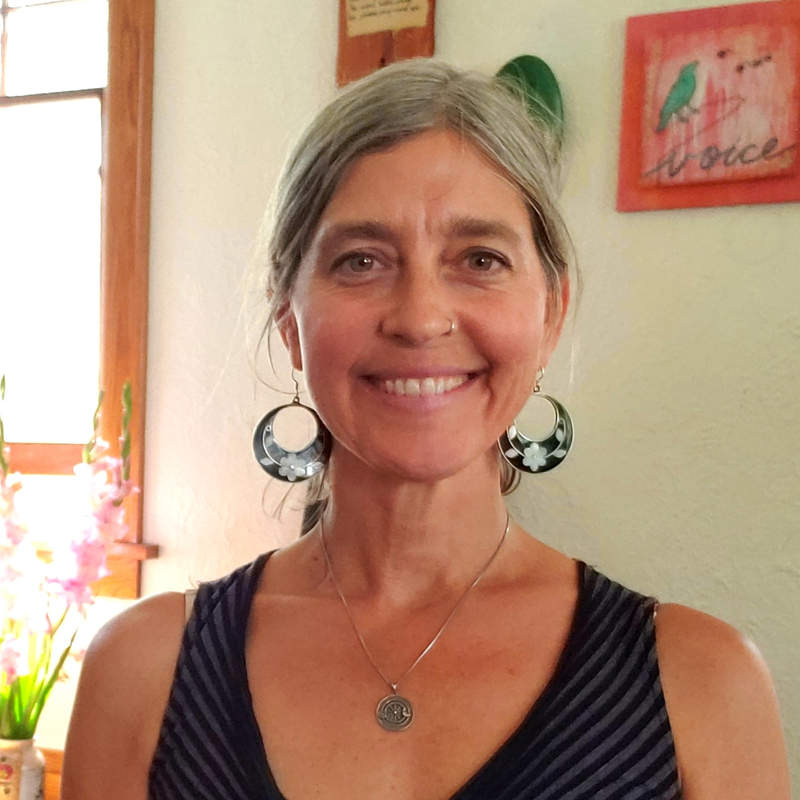
Sensei Trish Baishin Johnson
Mino-Bimaadiziwin
